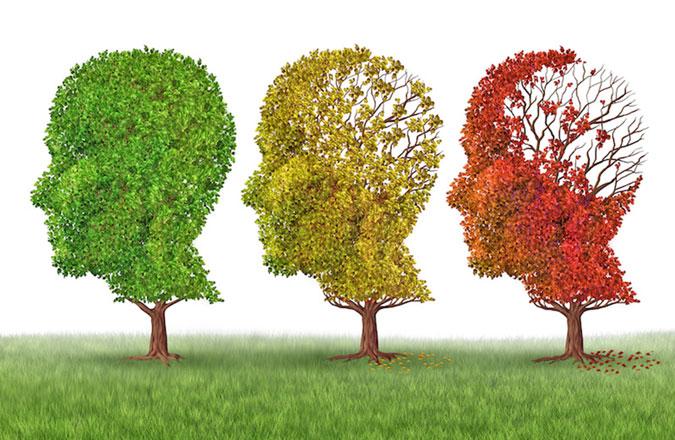You are here
Brain cells develop more mutations as we age
By Reuters - Dec 19,2017 - Last updated at Dec 19,2017

Photo courtesy of askdoctork.com
Brain cells — neurons — develop gene mutations over the course of a lifetime, contributing to normal aging and potentially presenting a target for treatments that stave off dementia and other types of cognitive decline, researchers say.
The team developed a way to sequence the genomes of individual neurons, which allowed them to see what changes are normal and also what happens in specific brain diseases.
”The work is at a very early stage,” senior study author Dr Christopher A. Walsh from Harvard Medical School in Boston told Reuters Health by e-mail. “We have only just developed a method that we hope will give us new insight into how neurons age, and we hope to use it to understand more about common forms of dementia and degeneration.”
Scientists have long thought that aging and degenerative brain diseases are associated with genetic changes in brain cells, but until now, they have not had the technology to test this theory.
Walsh’s team found a way to look at all the genes within a single neuron and then analysed neurons from the cadavers of 15 neurologically normal individuals aged 4 months to 82 years. The also looked at nine people diagnosed with Cockayne syndrome (CS) or Xeroderma pigmentosum (XP), conditions caused by defects in DNA damage repair that are associated with brain degeneration and premature aging.
Just like cells throughout the rest of the body, the researchers found that genetic mutations increased in number with increasing age in normal neurons. But, they noted, brain regions associated with age-related degenerative conditions like Alzheimer’s disease and age-related cognitive decline were especially affected, according to the report in the journal Science.
Autopsy specimens from brains of patients with CS and XP also showed increased numbers of mutations, which were more than twice as common as those seen in brain cells from individuals of the same age without those diseases.
The researchers found that mutations start occurring even as the brain is still developing in an infant, and they estimate that by the age of 1 year, normal brain cells have 600 to 900 single-letter changes in their genes. By the time someone is in their 80s, there are an estimated 2,400 changes.
The study team also identified three patterns of mutations in brain cells across a lifetime. In one, which they called Signature A, mutations increased with age regardless of brain region. In another, which they called Signature B, mutations were increased in brain regions associated with Alzheimer’s disease, but not in areas associated with age-related cognitive decline.
The third pattern, Signature C, showed a different class of genetic mutations that are characteristic of oxidative damage, and were most common in patients with CS and XP but also increased with age in normal neurons.
The researchers summarised this accumulation of genetic mutations, a form of cellular senescence, in a single term: genosenium (aging of the genome).
“I found it surprising not just that the number of mutations increases with age, which we sort of expected to see [though we did not know how, or how fast, they would accumulate], but that some types of mutations accumulate with age [Signature A], and other biochemically distinct types of mutations [Signature B] are present at birth and don‘t’ accumulate with age at all,” Dr Walsh said.
“To be able to have the precision to dissect out these different types of mutations was more than we could have hoped for,” he added. “We also find that different people may accumulate mutations at different rates, and we need to know what might control that.”
”I was surprised to see the quite clear correlation of somatic mutations with age using a relatively small number of neurons,” said Dr Sarah E. Harris, a specialist in genetics at the University of Edinburgh Centre for Cognitive Aging and Cognitive Epidemiology in the UK, who was not involved in the study.
“As a geneticist interested in determining genetic influences on cognitive ageing, it’s fantastic to see the technique of single-cell whole-genome sequencing being used to identify mutations in the brain that are acquired during the life-course,” she told Reuters Health by e-mail.
Related Articles
A fitful night’s sleep and a habit of daytime catnapping may be an early-warning sign of Alzheimer’s dementia, according to new research con
TOKYO — Scientists said on Wednesday they have restored sight in mice using a “milestone” treatment that returns cells to a more youthful st
MIAMI — People who show signs of inflammation in middle age are more likely to suffer from brain shrinkage later in life, a possible precurs













